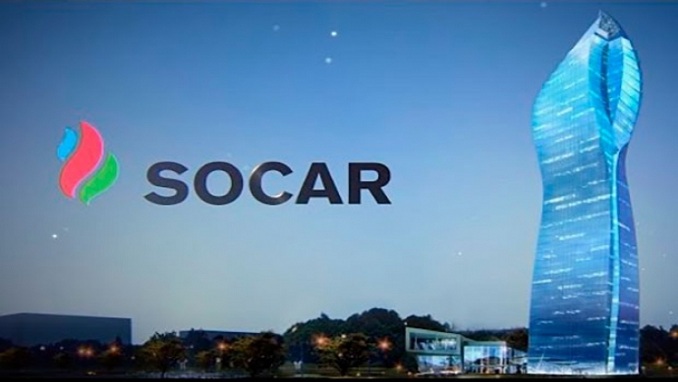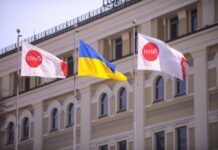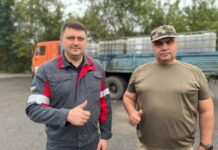In an interview with Julia Payne of Reuters, Mariam Almaszade CEO of SOCAR Trading, announced that the firm has returned to expansion mode, aims to increase its presence in liquefied natural gas (LNG) and U.S. crude. The expansion follows the firm’s reorganization two years ago and strong results for the first half of 2020, Almaszade told Reuters.
In the interview, available on the RefinitivEikon terminal, Almaszade said the Geneva-based trader had hit its full-year profit target in the first half of the year. The company was able to balance clearing oil produced by parent company SOCAR and take advantage of the volatility in the market in recent months due to the COVID-19 crisis.
Almaszade explained how the group was able to beat the mad scramble to sell its crude in late March. “We saw the depression starting in the Mediterranean, and so we diverted our crude and almost all our Azeri light went to Asia in March,” she said.
When the world ground to a halt to stop the spread of COVID-19, producers raced to sell their oil and many crude grades sold at record lows at less than $10 a barrel.
For many of the commodities traders, however, 2020 has nevertheless been a boom year as they posted record first-half profits due to the extreme volatility. In the case of some oil majors, their record trading results helped to make up for an abysmal performance in their upstream and refining divisions.
For many traders 2020 has nevertheless been a boom year as they posted record first-half profits due to the extreme volatility, while in the case of some oil majors, their record trading results helped make up for an abysmal performance in their upstream and refining divisions.
SOCAR Trading’s chief trading officer Hayal Ahmadzada told Reuters that the firm had only been left with one or two distressed cargoes after deciding early to accept low offers.
Almaszade took the helm at SOCAR Trading in 2018 after an overheated expansion led to weak results. She closed an office in Estonia, trimmed the number of crude traders and reduced the firm’s presence in refined products. Such cuts are now over.
“We have a global crude desk now, it was all merged. We hired a few more North Sea traders after cutting back substantially,” Almaszade said. “We still have a U.S. office and we’re looking to reinvent it.”
She had planned to hire more traders in the U.S. expansion earlier this year but the COVID-19 pandemic forced the firm to delay its plans.
Along with rebuilding the U.S. desk, SOCAR wants to grow its naphtha and LNG divisions next year, develop light ends trading and move more into southern and eastern European gas trading, the chief trading officer explained.
A foray into trading oil in China was also pulled back. The firm hired a China-focused team a few years ago but the area proved hard to penetrate.
“Chinese imports are dominated by Chinese majors. We tried to establish a presence in China but we realized there was substantial competition, very thin profit margins and credit issues,” Ahmadzada said.
SOCAR Trading said third-party crude accounted for 65% of its traded volume last year but didn’t give a total figure. In 2018, SOCAR traded around 1.2 million barrels per day of crude, according to its website.
So far in 2020, third-party crude has fallen to 58% of the total, with lower U.S. activity. Traded LNG volumes were 3.4 million tons in 2019 and are estimated to hit 3.7 million by year end.












